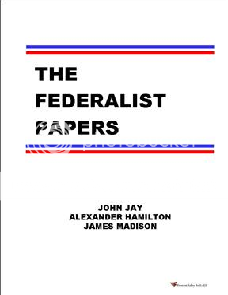RealWorldGraduation_Question_5 <– PDF
A study by the U. S. Department of Education in 2006 [1] reported that college tuition, fees, and room and board are continuing to rise. The data in Figure 5-1 shows the costs of tuition, fees, books, and room and board for in-state students attending public four-year universities, living on-campus. A separate study [2] concluded that a college graduate with a 4-year degree in 2005 will earn 63% more than a person with only a high school diploma (approximately $57,000 per year vs. $35,000 per year). This means, on average, that a college graduate earns approximately 75% more over their working lifetimes ($2.1 M vs. $1.2 M) as compared to a person with only a high-school diploma. Given the costs of a college education shown in Figure 5-1, and the earnings benefits of a college education, what is a good federal policy regarding college costs?
- a) The federal government should ensure all tuition, fees, and room-and-board is free.
- b) Congress should enact price controls on tuition, fees, and room and board to keep the annual rate of increase at or below the rate of inflation.
- c) Congress should pass a law requiring that tuition costs be frozen at the rates that prevailed during the freshman year.
- d) Attendance at college should be mandatory so that everyone’s income will rise.
- e) Some combination of a), b), and c) should be adopted to improve the current system.
School Year Tuition & Fees ($) % Increase in Tuition & Fees Room & Board ($) % Increase in Room & Board
1998-1999 3640 – 4985 –
1999-2000 3768 3.52 5144 3.19
2000-2001 3979 5.60 5342 3.85
2001-2002 4273 7.39 5675 6.23
2002-2003 4686 9.67 5918 4.28
2003-2004 5363 14.45 6316 6.73
2004-2005 5939 10.74 6649 5.27
2005-2006 6399 7.75 7025 5.65
Figure 5-1
(Answer on p. 2 of the PDF)
Tags: real world graduation



